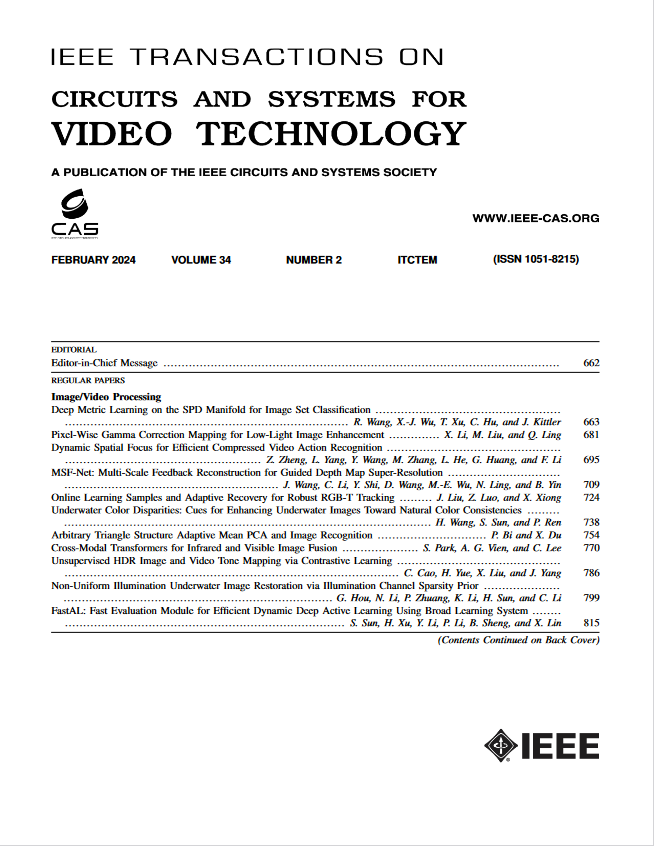用于开放词汇分割的泛化增强适配器
IF 8.3
1区 工程技术
Q1 ENGINEERING, ELECTRICAL & ELECTRONIC
IEEE Transactions on Circuits and Systems for Video Technology
Pub Date : 2024-09-04
DOI:10.1109/TCSVT.2024.3454227
引用次数: 0
摘要
本文章由计算机程序翻译,如有差异,请以英文原文为准。
Generalization Boosted Adapter for Open-Vocabulary Segmentation
Vision-language models (VLMs) have demonstrated remarkable open-vocabulary object recognition capabilities, motivating their adaptation for dense prediction tasks like segmentation. However, directly applying VLMs to such tasks remains challenging due to their lack of pixel-level granularity and the limited data available for fine-tuning, leading to overfitting and poor generalization. To address these limitations, we propose Generalization Boosted Adapter (GBA), a novel adapter strategy that enhances the generalization and robustness of VLMs for open-vocabulary segmentation. GBA comprises two core components: (1) a Style Diversification Adapter (SDA) that decouples features into amplitude and phase components, operating solely on the amplitude to enrich the feature space representation while preserving semantic consistency; and (2) a Correlation Constraint Adapter (CCA) that employs cross-attention to establish tighter semantic associations between text categories and target regions, suppressing irrelevant low-frequency “noise” information and avoiding erroneous associations. Through the synergistic effect of the shallow SDA and the deep CCA, GBA effectively alleviates overfitting issues and enhances the semantic relevance of feature representations. As a simple, efficient, and plug-and-play component, GBA can be flexibly integrated into various CLIP-based methods, demonstrating broad applicability and achieving state-of-the-art performance on multiple open-vocabulary segmentation benchmarks. Code are available at https://github.com/clearxu/BGA .
求助全文
通过发布文献求助,成功后即可免费获取论文全文。
去求助
来源期刊
CiteScore
13.80
自引率
27.40%
发文量
660
审稿时长
5 months
期刊介绍:
The IEEE Transactions on Circuits and Systems for Video Technology (TCSVT) is dedicated to covering all aspects of video technologies from a circuits and systems perspective. We encourage submissions of general, theoretical, and application-oriented papers related to image and video acquisition, representation, presentation, and display. Additionally, we welcome contributions in areas such as processing, filtering, and transforms; analysis and synthesis; learning and understanding; compression, transmission, communication, and networking; as well as storage, retrieval, indexing, and search. Furthermore, papers focusing on hardware and software design and implementation are highly valued. Join us in advancing the field of video technology through innovative research and insights.

 求助内容:
求助内容: 应助结果提醒方式:
应助结果提醒方式:


